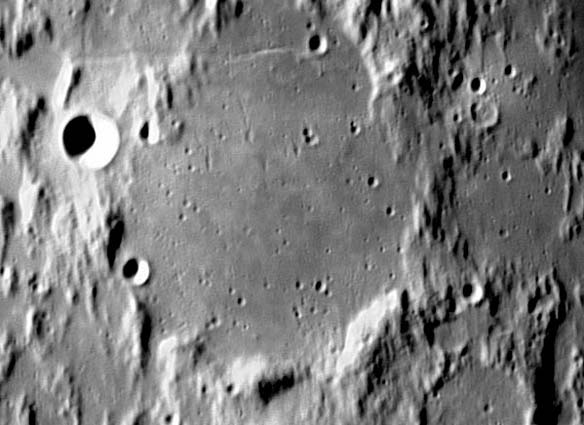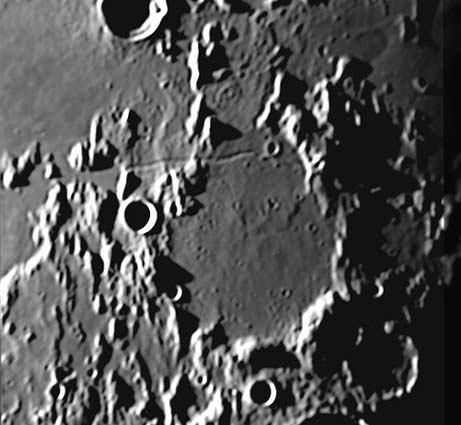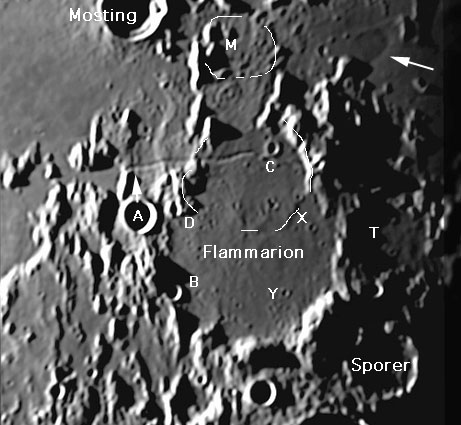Difference between revisions of "August 15, 2004"
| (7 intermediate revisions by the same user not shown) | |||
| Line 1: | Line 1: | ||
__NOTOC__ | __NOTOC__ | ||
=Flammarion x2= | =Flammarion x2= | ||
| + | <!-- Start of content --> | ||
<br> | <br> | ||
<table width="85%" border="0" align="center" cellpadding="6" cellspacing="2"> | <table width="85%" border="0" align="center" cellpadding="6" cellspacing="2"> | ||
| Line 8: | Line 9: | ||
<tr> | <tr> | ||
<td>[[File:LPOD-2004-08-15.jpeg|LPOD-2004-08-15.jpeg]]</td> | <td>[[File:LPOD-2004-08-15.jpeg|LPOD-2004-08-15.jpeg]]</td> | ||
| − | <td>{{HoverImage|LPOD-2004-08-15a.jpeg|}}</td> | + | <td>{{HoverImage|LPOD-2004-08-15a.jpeg|LPOD-2004-08-15b.jpeg}}</td> |
</tr> | </tr> | ||
</table> | </table> | ||
| Line 14: | Line 15: | ||
<table width="80%" border="0" align="center" cellpadding="8"> | <table width="80%" border="0" align="center" cellpadding="8"> | ||
<tr> | <tr> | ||
| − | <td><div align="center" class="main_sm"> | + | <td><div align="center" class="main_sm"> |
| + | Image Credit: [mailto:Bruno.DAVERSIN@lahague.com Bruno Daversin] and [mailto:thefamily90@hotmail.com Jim Phillips] | ||
| + | </div></td> | ||
</tr> | </tr> | ||
</table> | </table> | ||
| Line 31: | Line 34: | ||
[http://www.lpi.usra.edu/research/lunar_orbiter/bin/info.shtml?286 Lunar Orbiter IV View] <br> | [http://www.lpi.usra.edu/research/lunar_orbiter/bin/info.shtml?286 Lunar Orbiter IV View] <br> | ||
Rukl Atlas of the Moon Sheet 44</p> | Rukl Atlas of the Moon Sheet 44</p> | ||
| − | <p><b>Tomorrow's LPOD:</b> Megadome</p> | + | <p><b>Yesterday's LPOD:</b> [[August 14, 2004|A Rip Across Tranquillity]] </p> |
| + | <p><b>Tomorrow's LPOD:</b> [[August 16, 2004|Megadome]] </p> | ||
</tr> | </tr> | ||
</table> | </table> | ||
| Line 42: | Line 46: | ||
<td><p align="center" class="main_titles"><b>Author & Editor:</b><br> | <td><p align="center" class="main_titles"><b>Author & Editor:</b><br> | ||
[mailto:tychocrater@yahoo.com Charles A. Wood]</p> | [mailto:tychocrater@yahoo.com Charles A. Wood]</p> | ||
| − | < | + | <!-- Cleanup of credits --> |
| − | + | <!-- Cleanup of credits --> | |
| − | < | + | <!-- Cleanup of credits --> |
| − | + | <!-- Cleanup of credits --> | |
| − | < | + | <!-- Cleanup of credits --> |
| − | + | <!-- Cleanup of credits --> | |
| − | < | + | <!-- Cleanup of credits --> |
| − | < | + | <!-- Cleanup of credits --> |
| − | + | <!-- Cleanup of credits --> | |
| − | < | + | {{wiki/ArticleFooter}} |
| − | ---- | ||
| − | |||
| − | |||
Latest revision as of 14:22, 15 March 2015
Flammarion x2
| |||||






